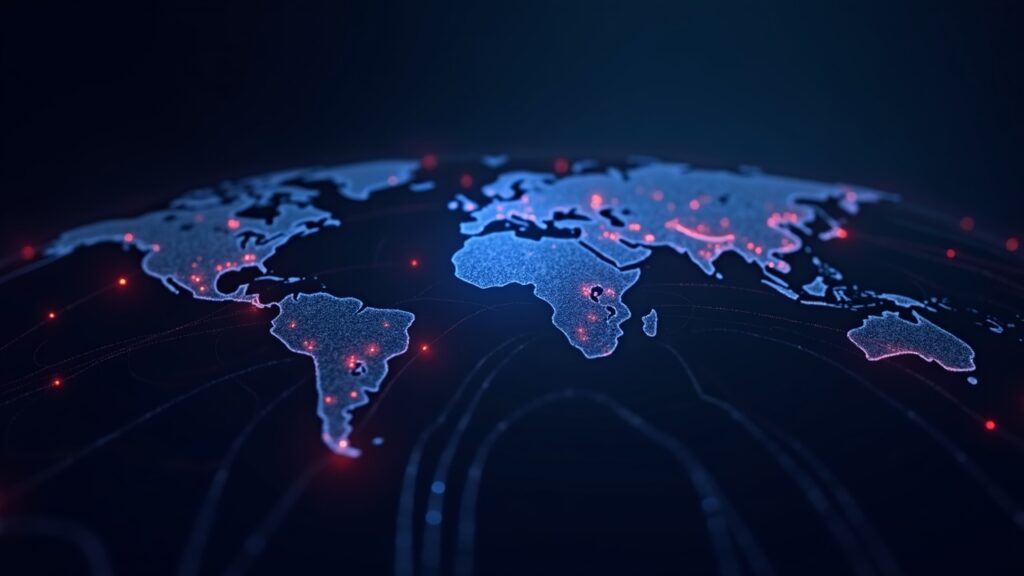DoubleZero opened its mainnet beta on 2 October 2025, bringing a network that runs on private fiber lines and moves data only between blockchain nodes. The design aims to cut delay and drop fewer packets than the public internet, positioning the project for performance-sensitive use cases. Infrastructure crews and buyers of infrastructure tokens are watching the rollout because their revenue depends on stable links.
The project strings more than seventy 10-gigabit fiber pairs through twenty five cities, with two rings forming the spine and edge nodes at each city. The outer boxes strip roughly seventy percent of duplicate or junk transactions before traffic touches the core, reducing load on the backbone. Under the fiber sits the “N1” layer—a transport slab that carries blocks but does not execute them, distinct from a chain or a roll-up.
Trials ran in seven cities and logs show round trip times fell by double digit milliseconds, a result that investors backed. Multicoin Capital and Dragonfly Capital co-led a twenty eight million dollar round, joined by Jump Crypto, Galaxy, RockawayX. The 2Z token pays for bandwidth and rewards operators, and Proof of Utility counts bytes relayed, not coins held.
Adoption, incentives, and regulatory outlook
Mainnet-beta is the live version that still accepts patches, and Proof of Utility is the rule that pays only for work the network can measure. Validators and exchanges that lose money on every missed slot to switch once they see the latency charts, aligning incentives around measurable performance.
The brand name cap table and the tradable 2Z token open doors for more raises, yet buyers must fill the pipes with real traffic.Operational and market risk: if the relay count stalls, the project could follow the track of earlier infrastructure coins that dumped after launch day. On legitimacy, the SEC sent a no action letter, evidence that the token sale structure drew no immediate enforcement threat, but the letter does not block future suits.
The network now faces the market. Only a growing roster of nodes and users will repay the twenty eight million and prove that private fiber beats the open net.

